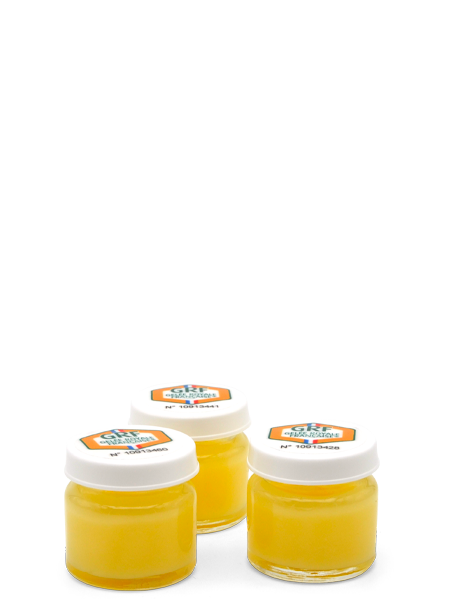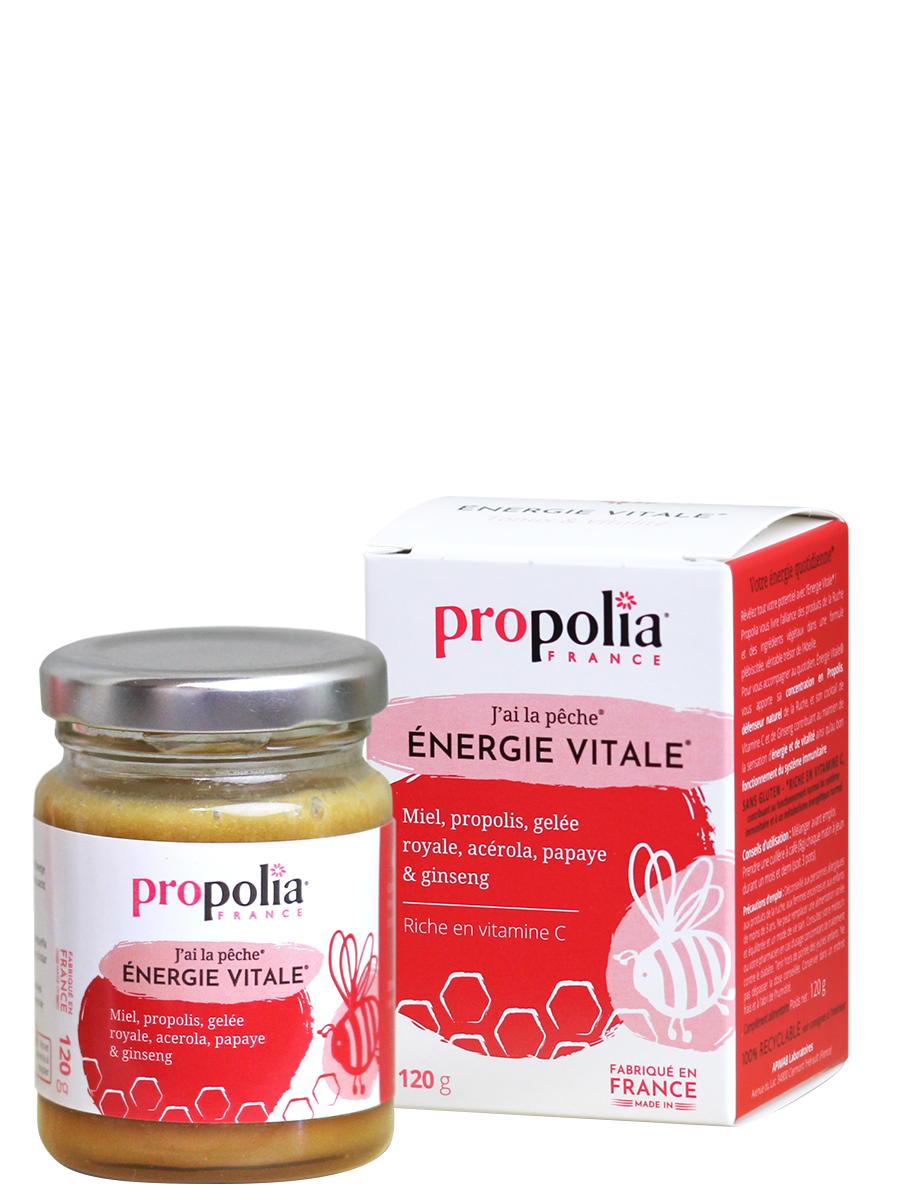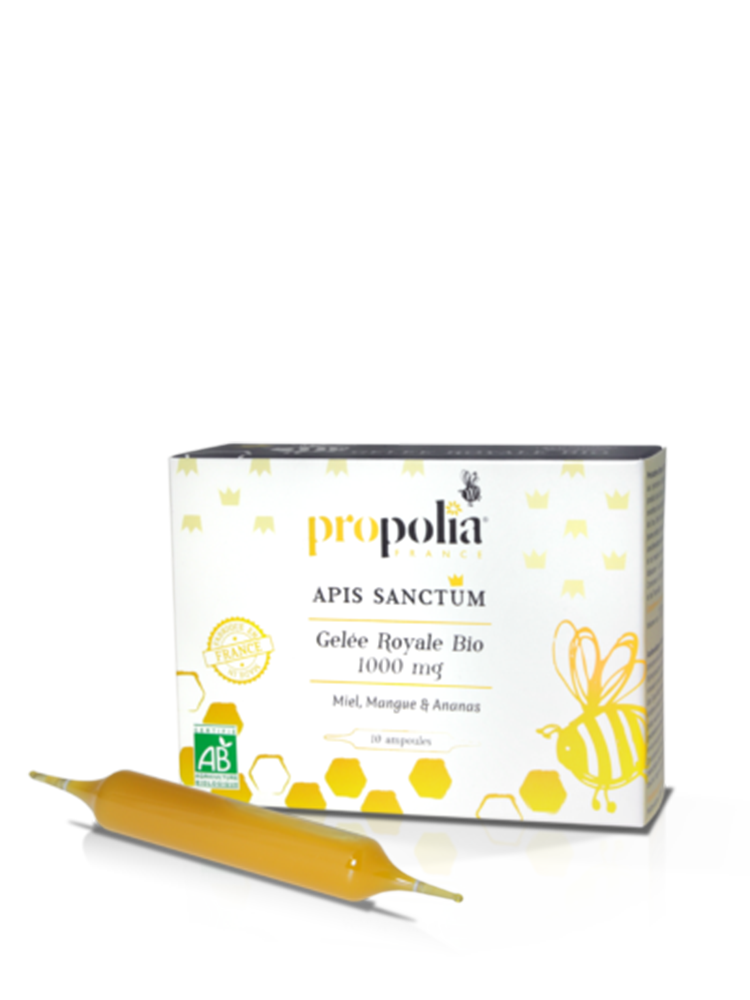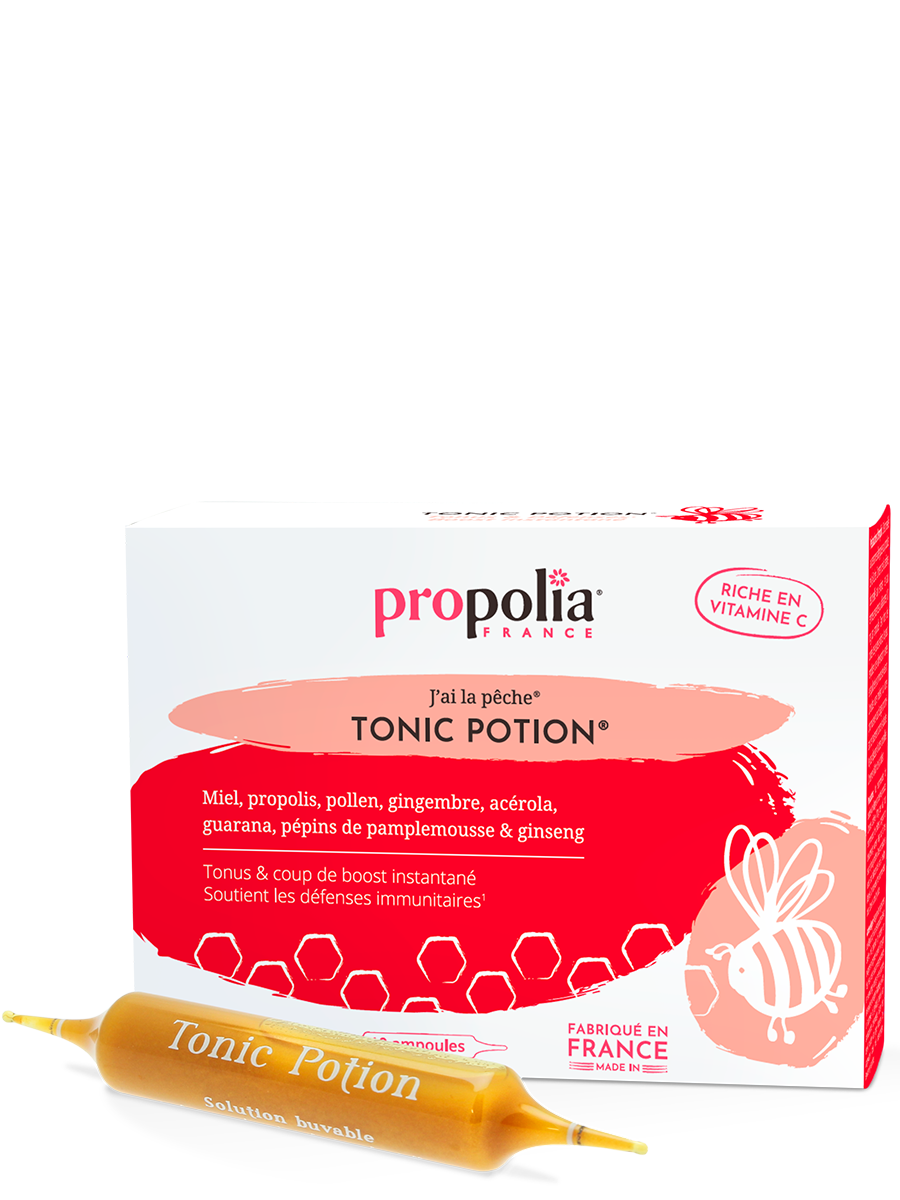Where is our royal jelly harvested?
Our French royal jelly is harvested in the Baie de Somme, a protected ecosystem renowned for its rich ecology. Several nature reserves have been created, including the Baie de Somme National Nature Reserve, of which the Parc de Marquenterre is a part.
The Baie de Somme has been awarded the “Grand site de France” label.
What is royal jelly?
Royal jelly is a secretion from the hyopharyngeal glands of worker bees. It is used to feed the young larvae to make a queen.
The benefits of royal jelly :
Several studies recognize the exceptional properties of royal jelly: among other things, it contains 10-HDAa little-known component found only in Royal Jelly. This component is said to slow down the aging process and have beneficial effects on the whole body. In addition to defining a minimum 10-HDA content, the ISO 12824 standard also distinguishes between two qualities of royal jelly. The difference lies in the way the worker bees are fed:
If they have been fed exclusively with pollennectar or honey, the royal jelly is called type 1.
Royal jelly is rich in vitamin B5 and trace elements. It is particularly effective against Escherichia coli bacteria.
The royal jelly offered by Le Comptoir Du Miel is type 1. Our beekeeper feeds his bees exclusively with pollen or honey.
Did you know?
Royal jelly is the queen’s main food. Fed exclusively on royal jelly, the queen can live up to 5 years. A bee, on the other hand, only lives 6 months!
Harvest 2024. Royal jelly should be kept cold and protected from light.




